Reduce emission of VOCs from plastics
A major concern regarding paint and coatings is the release of Volatile organic compounds (VOC) that can be hazardous to humans and to the environment. LIFE odor absorption technology can trap VOC in the polymer matrix to permanently stop microbes from entering the environment. The LIFE technology works 24/7 to minimize unpleasant odors.
More about Volatile Organic Coumpounds (VOC)
VOCs are sometimes accidentally released into the environment, where they can damage soil and groundwater. Vapors from VOCs escaping into the ambient air contribute to indoor air pollution and outdoor air pollution.
VOCs are an important outdoor air pollutant. In this field, they are often divided into the separate categories of methane (CH4) and non-methane (NMVOCs). Methane is an extremely efficient greenhouse gas which contributes to enhanced global warming. Other hydrocarbons VOCs are also significant greenhouse gases via their role in creating ozone and in prolonging the life of methane in the atmosphere, although the effect varies depending on local air quality. Among NMVOCs, the aromatic compounds benzene, a carcinogen, and suspected carcinogens toluene and xylene may lead to leukemia in the event of prolonged exposure.

Some VOCs also react with nitrogen oxides in the air in the presence of sunlight to form ozone. Although ozone is beneficial in the upper atmosphere because it absorbs UV radiation, thus protecting humans, plants, and animals from exposure to dangerous solar radiation, it poses a health threat in the lower atmosphere by causing respiratory problems. In addition ,high concentrations of low-level ozone can damage crops and buildings.
